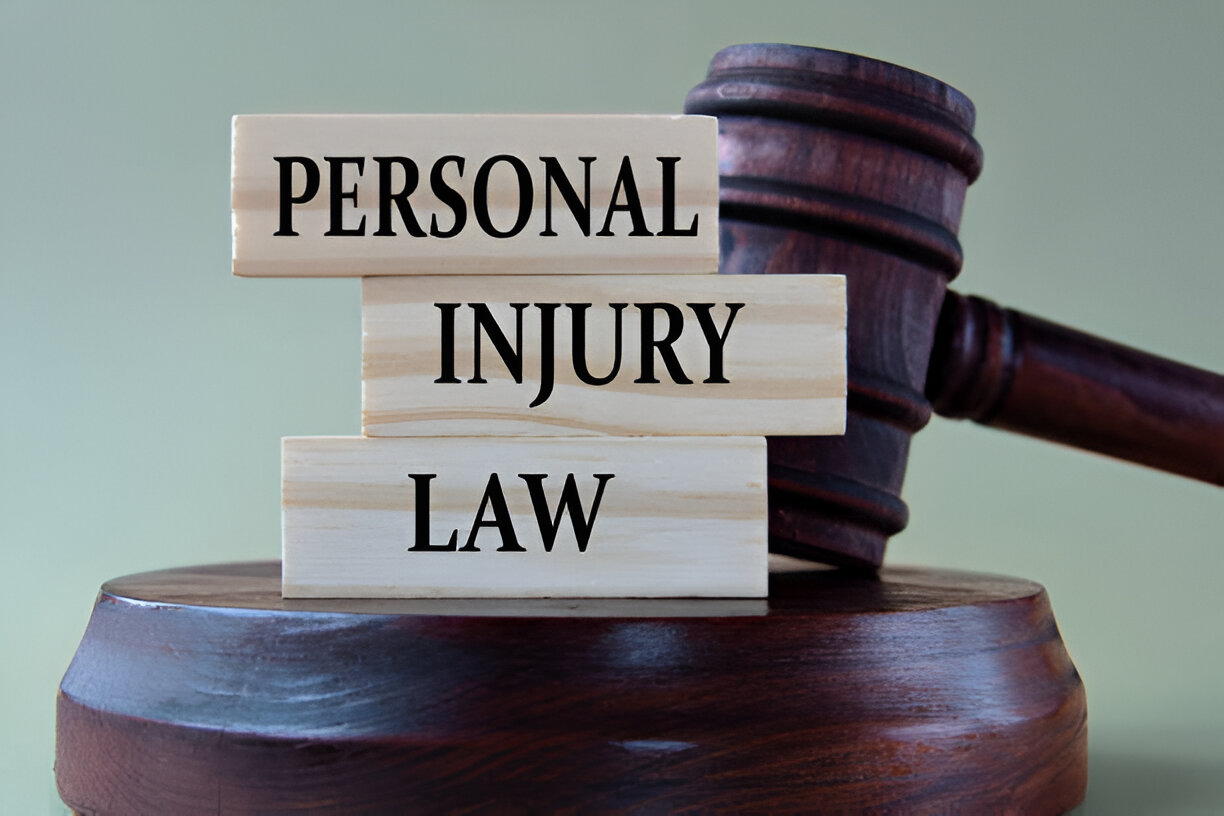When you’re involved in a car accident in Colorado, determining who was at fault is not always straightforward. Sometimes both drivers share responsibility for the crash.
Colorado’s comparative negligence law plays a key role in how compensation is decided when fault is shared. Understanding how this law works can help you protect your rights and make informed decisions about your car accident claim.
What Is Comparative Negligence in Colorado?
Comparative negligence is a legal principle used to determine how damages are shared when more than one person contributes to an accident. Rather than assigning full blame to a single driver, this system recognizes that both parties may have played a role and divides responsibility accordingly.
Colorado uses what’s called a modified comparative negligence rule, which allows an injured person to pursue compensation as long as they were not primarily responsible for causing the accident. The final settlement or award is adjusted based on the person’s level of fault, meaning that the greater their share of responsibility, the smaller their recovery will be.
However, if an individual is found to be equally or more responsible for the accident than the other party, they are not entitled to receive compensation under state law. This rule ensures that people who bear most of the responsibility for a collision do not profit from the event and that financial recovery is reserved for those who were less at fault.
How Shared Fault Works in Colorado Car Accidents
Car accidents claims often involve complex circumstances, and it’s common for both drivers to have contributed in some way. Shared fault, also known as partial fault, happens when more than one person’s negligence caused the collision.
Imagine two cars approaching an intersection. One driver runs a yellow light, while the other is speeding. If a crash occurs, both may share some degree of responsibility. The insurance companies or courts will assign each party a percentage of fault based on the evidence.
Insurance adjusters, police reports, and witness statements all play a role in determining fault. Photos, traffic camera footage, and expert analysis can also be used to establish how the accident occurred. In some cases, lawyers bring in accident reconstruction specialists to provide clear, fact-based insights.
Because fault percentages directly impact the compensation you can receive, having accurate and complete documentation is essential. Even small details can make a big difference when negotiating with insurers or presenting your case in court.
How Comparative Negligence Impacts Your Compensation
Under Colorado’s comparative negligence system, your final payout is directly tied to your level of fault. The more you are found responsible, the less you will receive.
For instance, if you suffer injuries and damages worth $50,000 but are found 30% at fault, your total compensation will be reduced to $35,000. This reduction reflects your share of responsibility for the accident.
It’s important to note that insurance companies often try to increase your percentage of fault to lower the amount they must pay. That’s why collecting solid evidence, keeping records of medical bills, and getting legal guidance can significantly affect the outcome of your case.
Common Misconceptions About Shared Fault
Many drivers have misunderstandings about Colorado’s comparative negligence law. One common myth is that you cannot recover damages if you were partly to blame for the accident. This is not true. You can still receive compensation as long as your fault is less than 50%.
Another misconception is that insurance companies always determine fault fairly. While they are required to assess claims objectively, their goal is often to minimize payouts. This means their fault determination might not always favor you.
Some people also believe that going to court for a shared-fault claim isn’t worth it. In reality, pursuing legal action can make a significant difference, especially if the insurance company undervalues your claim or disputes your injuries.
Understanding your rights and seeking legal help can prevent you from accepting a settlement that doesn’t reflect your actual losses.
Steps to Take After a Car Accident in Colorado
The actions you take immediately after a car accident can greatly influence how your claim is handled. Start by ensuring everyone’s safety and calling emergency services if necessary. Once it’s safe to do so, gather as much evidence as possible.
Take clear photos of the accident scene, vehicle damage, skid marks, and traffic signs. Collect the contact information of witnesses and the other driver’s insurance details. If police respond to the scene, ask for a copy of the report once it’s available.
Seek medical attention even if you feel fine. Some injuries, like concussions or soft tissue damage, may not appear immediately but can worsen over time. Getting prompt medical care also helps establish a clear link between the accident and your injuries.
Avoid admitting fault or making statements that could be interpreted as an admission of guilt. It’s best to let investigators and legal professionals determine responsibility based on the facts.
Finally, contact an experienced Colorado car accident lawyer as soon as possible. They can help you understand your rights, deal with insurance companies, and ensure that you receive fair treatment under the law.
Why Legal Representation Matters in Shared Fault Cases
Comparative negligence cases can be complicated, and insurance adjusters often use the system to their advantage. A qualified attorney can help balance the scales by investigating the case thoroughly and challenging unfair fault determinations.
An attorney can gather critical evidence, interview witnesses, and bring in experts to reconstruct the accident. They can also negotiate directly with insurers on your behalf to prevent your compensation from being unfairly reduced.
In cases where negotiations fail, your lawyer can take your case to court and present a strong argument backed by solid evidence. Legal representation is especially important when multiple parties are involved or when the insurance company disputes your injuries.
Having a skilled car accident lawyer ensures that your rights are protected and that you are not blamed for more than your fair share of the accident.
Real-World Examples of Comparative Negligence in Colorado
Comparative negligence applies to many types of car accidents in Colorado. Consider a rear-end collision where the leading car suddenly stops without warning, but the following driver was tailgating. Both parties may share responsibility.
At an intersection, two drivers might collide because one ran a red light and the other was distracted by a phone. In that case, both could be partially at fault. Even in pedestrian and bicycle accidents, comparative negligence can come into play if, for example, a pedestrian crosses outside a crosswalk or a cyclist fails to follow traffic rules.
These examples show that fault is not always clear-cut, and each case requires a careful review of the circumstances.
How to Minimize Fault and Strengthen Your Claim
While you can’t control every aspect of an accident, there are steps you can take to protect yourself and strengthen your claim. Start by documenting the scene immediately after the crash. Take detailed photos, record witness statements, and keep copies of all related expenses to support your version of events.
Communicate carefully with insurance companies. Stick to the facts and avoid making speculative statements. Before signing any documents or accepting a settlement offer, consult Lampert & Walsh, a trusted Colorado personal injury law firm with extensive experience handling car accident claims. Their team can review your case and ensure that your rights are fully protected throughout the process.
If you have dashcam footage or access to nearby surveillance video, share it with your attorney. This kind of evidence can clearly show what happened and reduce the chance of being unfairly assigned a higher share of fault.
At Lampert & Walsh, our attorneys often work with accident reconstruction specialists and medical professionals to build strong, evidence-based cases. These experts help clarify complex technical issues, verify the extent of injuries, and strengthen your position during negotiations or in court.
When to File a Car Accident Claim in Colorado
Colorado has a strict statute of limitations for car accident claims. Generally, you have three years from the date of the accident to file a personal injury lawsuit. Missing this deadline could mean losing your right to pursue compensation.
However, there are exceptions. For instance, if the accident involved a government vehicle or a hit-and-run, different timelines and procedures may apply. This makes it crucial to consult an attorney as soon as possible after the crash.
Filing your claim promptly helps preserve evidence and strengthens your chances of success. Delays can make it harder to collect reliable information and may weaken your negotiating position.
Frequently Asked Questions
What happens if I’m 50% at fault for a car accident in Colorado?
If you are found to be 50% or more responsible, you cannot recover compensation under Colorado’s modified comparative negligence rule.
Can I still file a claim if I was partially at fault?
Yes, as long as your share of fault is less than 50%, you can file a claim. Your final compensation will be reduced based on your fault percentage.
Who decides the fault percentage in Colorado car accidents?
Fault is determined through insurance investigations, police reports, and sometimes court proceedings. If there’s a dispute, a judge or jury may decide the final percentage.
How can a lawyer help in a shared fault case?
A lawyer can challenge unfair fault determinations, negotiate with insurers, and ensure you receive a fair settlement that reflects the true facts of your case.
Is comparative negligence the same in every state?
No. Each state has its own version of negligence law. Colorado uses a modified system with a 50% bar, while some states allow recovery even if you are mostly at fault.
Conclusion
Colorado’s comparative negligence law ensures that responsibility and compensation are shared fairly after a car accident. However, the process of proving fault and negotiating with insurance companies can be complex and often overwhelming. Even a small shift in how fault is assigned can significantly affect the compensation you receive.
If you’ve been injured in a car accident and believe shared fault may impact your claim, don’t navigate the process alone. Contact Lampert & Walsh today to schedule a free consultation with an experienced Colorado car accident attorney. Our team will review your case, explain your legal options, and fight to protect your rights so you can recover the full compensation you deserve.
By understanding how comparative negligence works, collecting strong evidence, and seeking legal guidance, you can protect your rights and ensure a fair outcome. Remember, being partially at fault doesn’t mean you forfeit your claim. With the right approach, you can still recover the damages you deserve and move forward after an accident with confidence.



